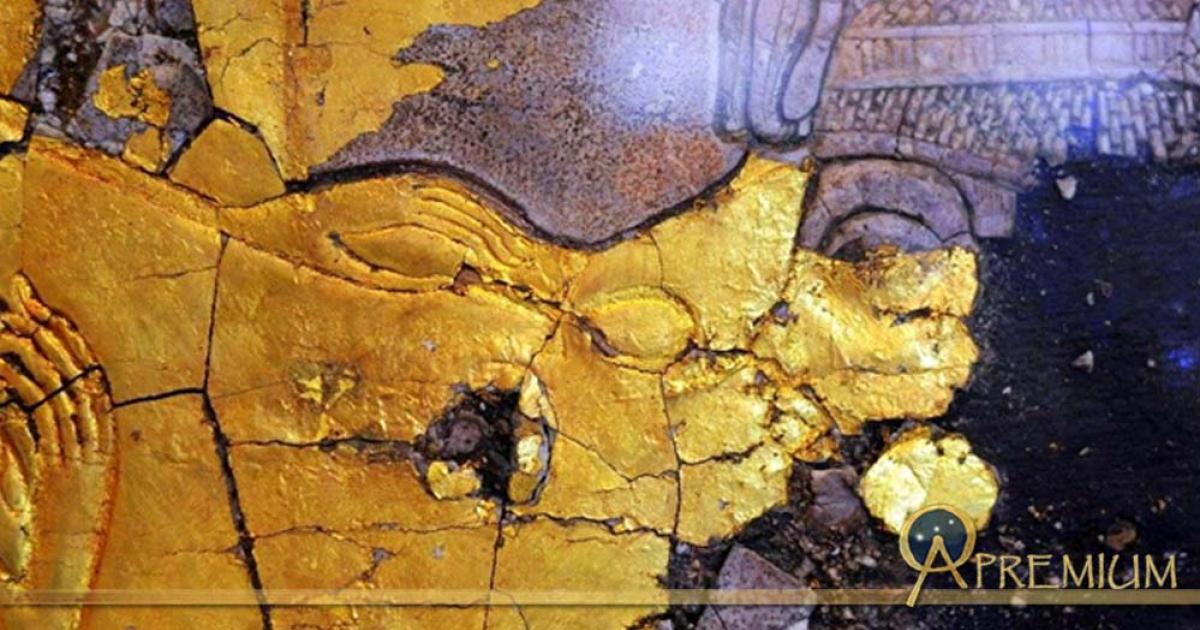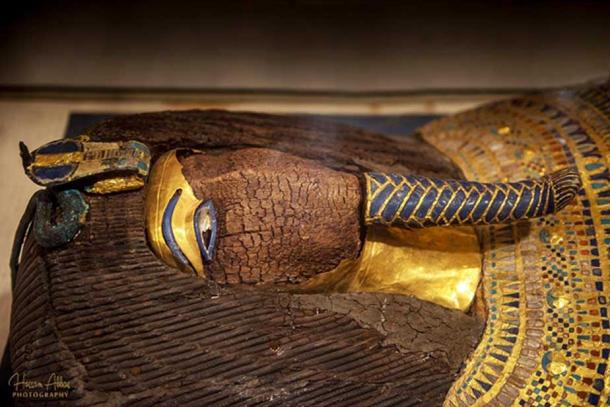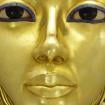
The Golden Shrine of Queen Tiye: Reburial of a Rebel Ruler and His Mother - Part II
When he came to the throne, Pharaoh Tutankhamun set about transporting the royal remains of his immediate ancestors from Amarna to Thebes. The inhabitants of the Sun City had also begun to slowly make their way back to familiar ground on the new ruler’s orders. With no one left to guard remote Amarna in Middle Egypt, the tombs of the boy king’s family were vulnerable to looting. But how did the old priesthood that had suffered greatly at the hands of his predecessor, Akhenaten, allow the reviled family to be re-buried in the sacred necropolis at Thebes? Was it because they revered Queen Tiye; or was it due to the fact that first Ankhkheperure Neferneferuaten and then young Tutankhamun himself had worked towards reinstating the state god Amun? Tomb 55 can help us piece events of this turbulent period.

Through the decades - from its discovery in 1907 - in the battered confines of Tomb 55, speculation and debate have raged over the identity of the mummy found in this stunningly beautiful, yet cruelly defaced, rishi-style coffin. The candidates proposed initially comprised the who’s who of Amarna royalty: Queen Tiye, Kiya, Akhenaten, Meritaten and Smenkhkare. Recent tests have suggested the Heretic was the last owner of the coffin; but not everyone is convinced. Egyptian Museum, Cairo.
Uneasy Co-Existence between the Aten and Amun
It is certain that young Tutankhamun could not have decreed the return of his deceased family members to the ancient capital, Thebes. The priests Aye and Horemheb would surely have had a say in matters, for they appear to have nursed ambitions to occupy high office, and were virtually the de facto rulers—at least during the early years of Tutankhamun’s reign. Moreover, as the real power centers behind the throne, the duo would have understood well that the only way in which to undo the untold damage that Akhenaten’s reign had wreaked on the country, was to get into the good books of the powerful Amun priesthood once again. And so, whilst not completely ignoring the Aten as a god, a new alliance-of-sorts was forged with the Amun cult that automatically meant relegating the solar deity to minor status as before.
READ MORE…
Like this Preview and want to read on? You can! JOIN US THERE ( with easy, instant access ) and see what you’re missing!! All Premium articles are available in full, with immediate access.
For the price of a cup of coffee, you get this and all the other great benefits at Ancient Origins Premium. And - each time you support AO Premium, you support independent thought and writing.
Independent researcher and playwright Anand Balaji, is an Ancient Origins guest writer and author of Sands of Amarna: End of Akhenaten
[The author thanks Heidi Kontkanen, Lindsay Hartley, Ted Loukes and Julian Tuffs for granting permission to use their photographs.]
Top image: Detail from one of the three surviving planks of Queen Tiye's wooden shrine from KV55; made of wood, gesso and gold leaf. Egyptian Museum, Cairo.
By Anand Balaji
















